Fork Type Identifier
This tool helps identify whether a proposed blockchain upgrade would be a soft fork or hard fork by analyzing key characteristics.
Soft Fork
Backward-compatible upgrade that maintains a single chain.
Hard Fork
Non-backward-compatible change that splits the chain.
Key Takeaways
- Soft forks keep the network united; hard forks split it.
- Soft forks are backward‑compatible, hard forks are not.
- Typical soft‑fork upgrades: SegWit, new script rules.
- Typical hard‑fork events: Bitcoin Cash, Ethereum Classic.
- Investors should watch community consensus, replay‑attack risks, and exchange support before any fork.
What a Fork Actually Is
In the world of cryptocurrency is a digital asset that relies on cryptographic proof instead of a central authority, a fork is simply a point where the blockchain’s rule set diverges. Think of it like a road split: one direction follows the old map, the other follows a new one. The split can be either smooth (soft) or abrupt (hard), and each has its own technical and economic consequences.
Soft Fork: Upgrading Without Breaking
A Soft Fork is a backward‑compatible upgrade. The new rules add constraints, so anything that was valid before stays valid after, but a node that hasn’t upgraded will still see the new blocks as legitimate. Because older nodes can still validate transactions, the network stays as one single chain.
Key attributes of a soft fork:
- Backward compatibility: legacy software continues to work.
- Activation mechanism: usually miner signaling or a pre‑set block height.
- Scope of change: limited to tightening or extending existing rules (e.g., new opcode, stricter signature format).
One of the most famous soft forks is SegWit, short for Segregated Witness. SegWit reshaped Bitcoin’s transaction structure, fixed transaction‑malleability, and lifted the effective block capacity, all without splitting the chain.
Hard Fork: A Full Break from the Past
A Hard Fork is a non‑backward‑compatible change. The new protocol introduces rules that render the old chain invalid under the new consensus. Everyone must upgrade their software; otherwise, they stay on the legacy chain, creating a separate blockchain with its own coin.
Hard‑fork attributes include:
- Non‑compatibility: old nodes reject new‑format blocks.
- Consensus shift: often changes block size, consensus algorithm, or governance model.
- Potential for new assets: the legacy chain usually continues as a new cryptocurrency.
Bitcoin Cash, launched in 2017, split from Bitcoin because a segment of the community wanted larger blocks to boost transaction throughput. Ethereum’s DAO hard fork in 2016 created Ethereum Classic, preserving the original chain after a controversial bailout.
Choosing Soft or Hard: Decision Criteria
When developers plan an upgrade, they ask themselves three core questions:
- Can the change be expressed as a stricter rule (soft fork) or does it require a new rule set (hard fork)?
- Is there broad community consensus, or are there deep ideological splits?
- What are the security and market risks?
If the answer to the first question is “yes,” a soft fork is usually the path of least resistance. If the change involves block‑size limits, consensus mechanism swaps, or governance overhauls, a hard fork becomes inevitable.

Real‑World Cases: Soft vs Hard in Action
Soft‑fork case - SegWit (Bitcoin)
SegWit was rolled out via BIP141. It introduced a new witness field, allowing signatures to be stored separately from the transaction data. Miners signaled support through a 95% threshold, and once activated, the network continued as a single chain. Exchanges and wallets only needed a software update; no coin split occurred.
Hard‑fork case - Bitcoin Cash
Bitcoin Cash raised the block size limit from 1MB to 8MB. The change was incompatible with Bitcoin’s existing validation rules, so nodes that didn’t upgrade rejected the new blocks. The old chain persisted as Bitcoin (BTC), while the new chain became Bitcoin Cash (BCH), each with its own market price.
Hard‑fork case - Ethereum Classic
After the DAO hack, the Ethereum community voted to reverse the exploit, creating a fork that nullified the stolen funds. A minority rejected the reversal, continuing the original chain as Ethereum Classic (ETC). Both chains still operate, illustrating how hard forks can cement ideological divides.
Risks and Benefits: What You Should Know
Soft Fork Benefits
- Minimal price volatility - the market sees a seamless upgrade.
- Lower operational overhead - wallets, exchanges, and miners only need a software patch.
- Preserves community cohesion - no competing assets to split attention.
Soft Fork Risks
- Limited scope - can’t overhaul core architecture.
- Potential for “partial signaling” attacks where miners pretend to support a change without actually upgrading.
Hard Fork Benefits
- Enables radical changes (e.g., moving from Proof‑of‑Work to Proof‑of‑Stake).
- Creates a fresh token that can address governance or economic flaws.
Hard Fork Risks
- Market turbulence - price swings can be sharp and unpredictable.
- Replay attacks - transactions may be replayed on both chains unless protective measures are taken.
- Community schism - splits can lead to duplicated development effort and diluted network security.
How to Prepare: A Checklist for Investors and Developers
Whether you’re a trader, a wallet developer, or just a curious enthusiast, having a plan reduces surprises.
- Monitor signaling metrics: For soft forks, track miner signaling percentages on block explorers. For hard forks, watch community voting platforms and official timelines.
- Update software early: Use the latest node client versions. Exchanges often publish upgrade windows; follow them closely.
- Secure private keys: During a hard fork, move funds to a hardware wallet before the split to avoid replay‑attack exposure.
- Check replay‑protection: Some forks add chain IDs; confirm your wallet supports them.
- Review exchange policies: Not all platforms list both forked coins immediately. Know where you can trade each asset.
Comparison Table: Soft Fork vs Hard Fork
| Aspect | Soft Fork | Hard Fork |
|---|---|---|
| Compatibility | Backward‑compatible; old nodes still validate | Non‑compatible; old nodes reject new blocks |
| Network continuity | Single chain remains | Chain splits into two independent networks |
| Typical use‑cases | Bug fixes, minor feature upgrades (e.g., SegWit) | Block‑size changes, consensus shifts, governance overhauls |
| Community consensus | Usually > 80% miner signaling | Often requires formal voting, political debate |
| Market impact | Low volatility | High volatility; new token created |
| Preparation time | 3‑6 months development | 6‑12 months coordination |
| Security concerns | Limited to signaling attacks | Replay attacks, potential chain‑split attacks |
Next Steps for Different Personas
For Traders: Keep an eye on price charts around fork dates, set stop‑loss orders, and verify that your exchange supports both sides of a hard fork.
For Developers: Join the relevant improvement proposal forums (e.g., BIPs, EIPs). Contribute test vectors early to reduce the risk of bugs at launch.
For Wallet Users: Backup your seed phrase, enable replay‑protection features, and test a small amount on both chains after a hard fork.
Frequently Asked Questions
What’s the main difference between a soft fork and a hard fork?
A soft fork adds stricter rules that old nodes can still follow, keeping the network on a single chain. A hard fork changes the rules so old nodes reject new blocks, creating two separate blockchains.
Do I need to move my coins during a hard fork?
It’s safest to transfer funds to a hardware wallet before the split and enable replay‑protection if your wallet supports it. Leaving coins on an exchange that doesn’t list the new chain can expose you to replay attacks.
Can a soft fork ever cause a chain split?
Rarely. If a soft fork fails to achieve the required signaling threshold, the network may stay on the old rules, but both versions remain compatible, so no permanent split occurs.
How do replay attacks work on hard forks?
A transaction signed on the original chain can be copied and broadcast on the new chain if both share the same signature format. Attackers can spend the same coins twice, which is why many forks add a chain‑specific identifier to prevent it.
Which fork type is more common in 2025?
Soft forks dominate, accounting for roughly 80% of all blockchain upgrades this year because they’re faster, cheaper, and keep the community unified.


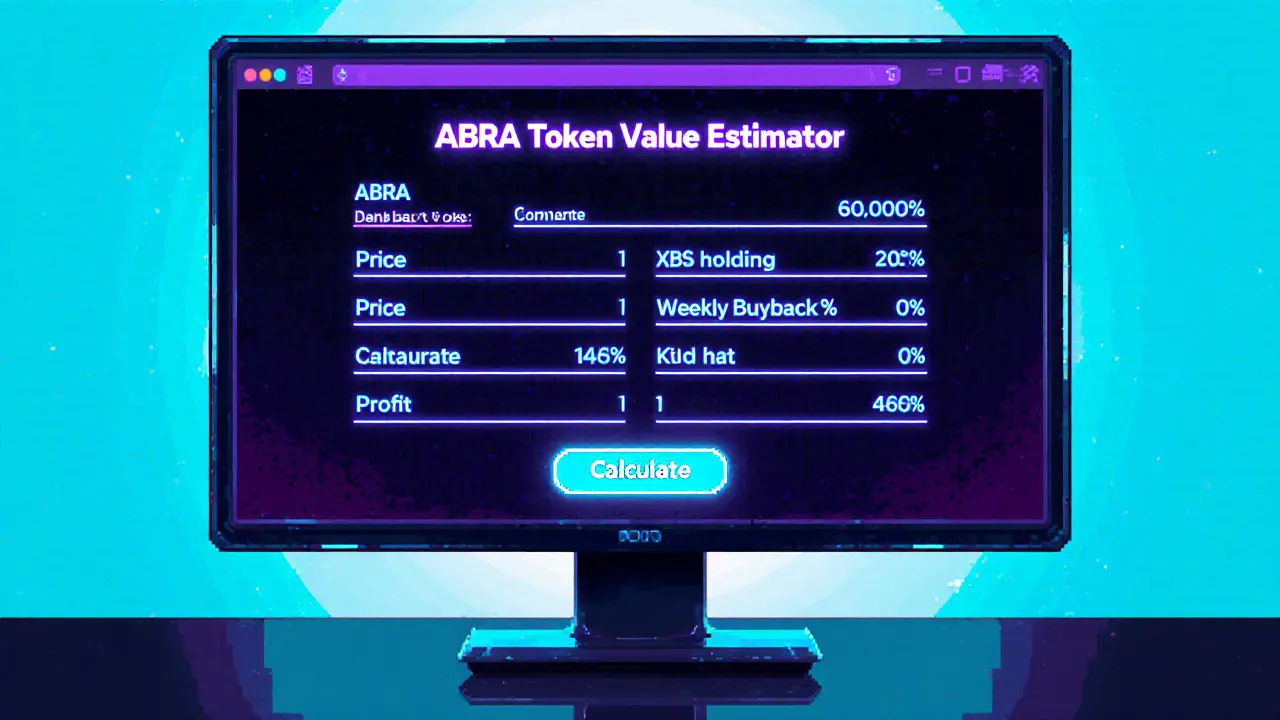
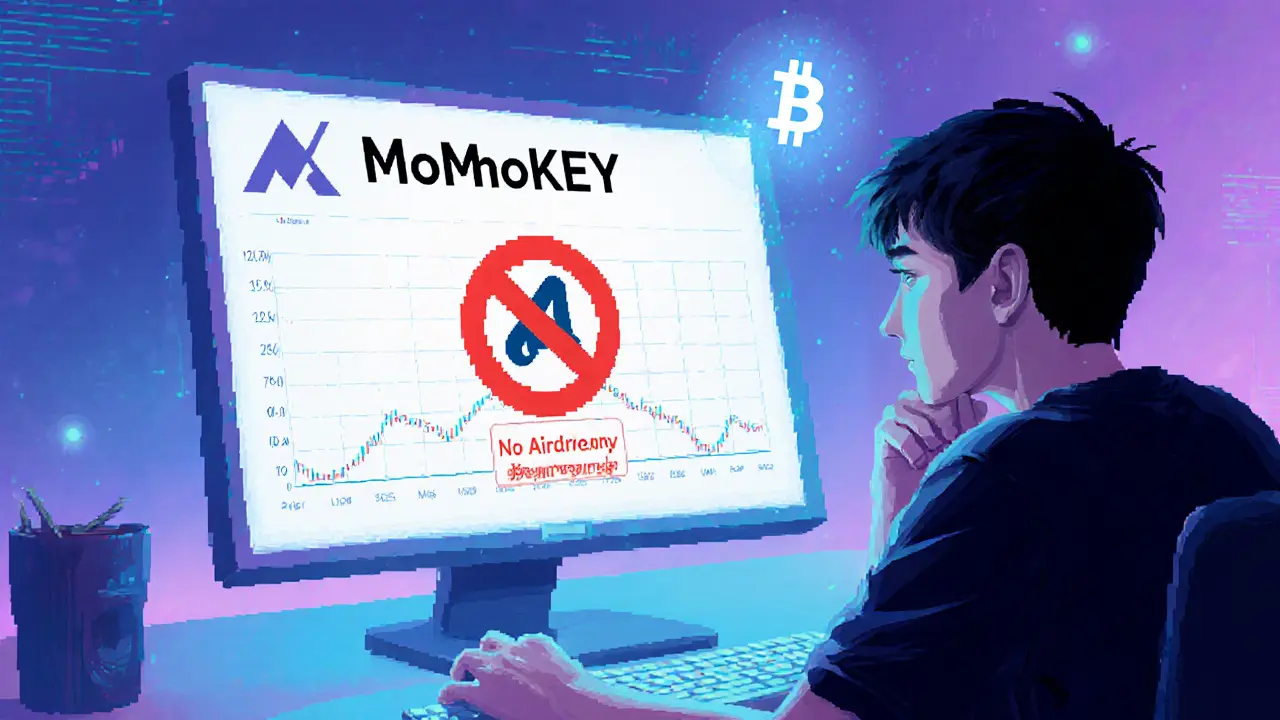
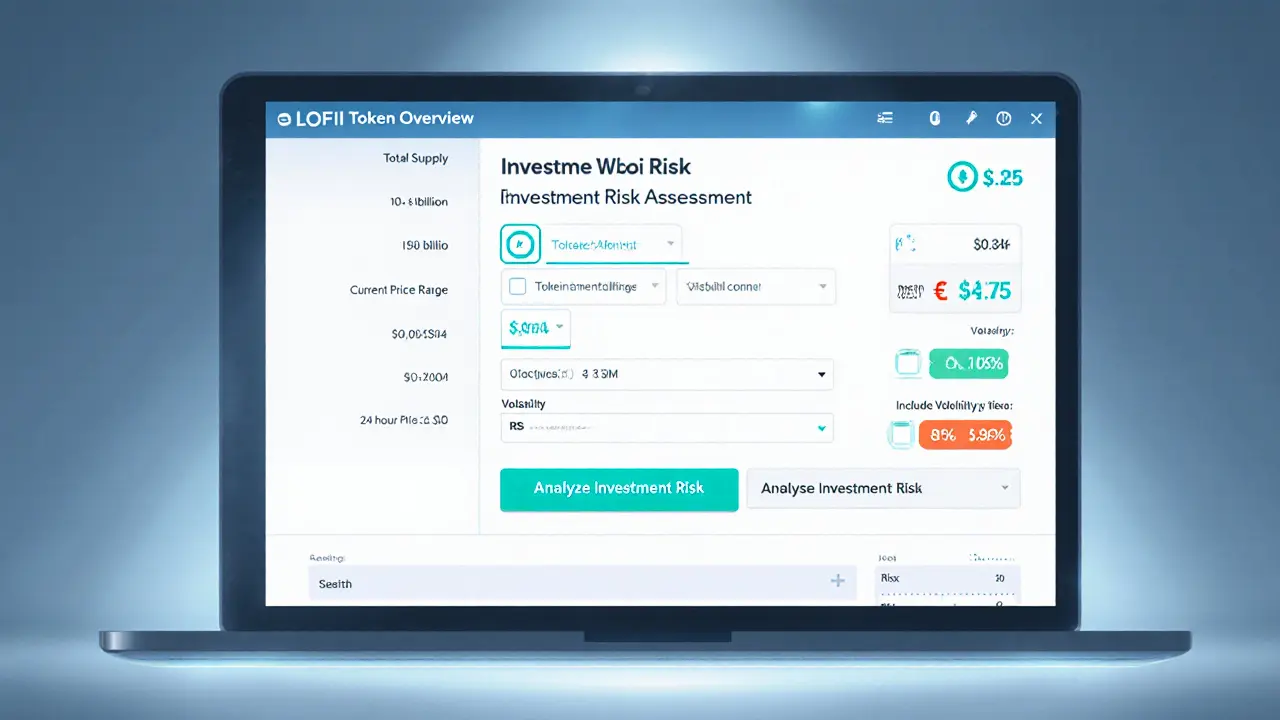
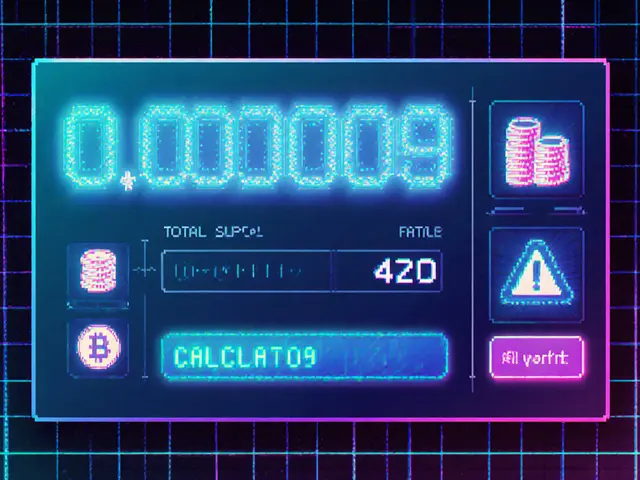
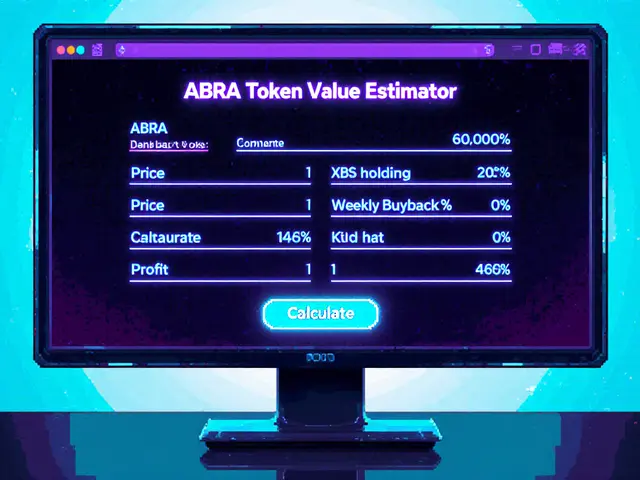
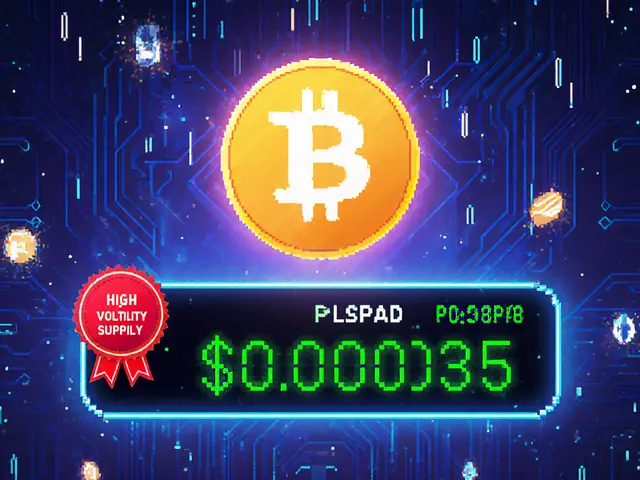


Rajini N
February 13, 2025 AT 07:27When you're weighing a soft fork versus a hard fork, start by checking if the new rules invalidate any existing blocks. If they don't, you're likely looking at a soft fork, which keeps the chain unified. A hard fork, on the other hand, will make old nodes reject the new blocks, leading to a split. Most investors prefer soft forks because they tend to cause less market turbulence.
Sidharth Praveen
February 13, 2025 AT 21:21Exactly, that clarity helps a lot when deciding where to allocate capital. Keeping an eye on miner signaling percentages can give you a heads‑up before a soft fork goes live. It’s also reassuring to know that a hard fork will usually spawn a new token, which can be an extra opportunity if you’re ready for the volatility.
Sophie Sturdevant
February 14, 2025 AT 11:14From a protocol engineering standpoint, a soft fork typically introduces a stricter consensus rule set-think of it as an additional filter layer in the validation pipeline. Hard forks, conversely, instantiate a divergent state transition function, effectively redefining the block validation FSM. The gas‑limit adjustments in Ethereum’s recent upgrades exemplify a soft fork’s incremental parameter tweak, whereas the move to Casper‑FVG was a hard fork due to its consensus algorithm overhaul.
Somesh Nikam
February 15, 2025 AT 01:07I hear you, Sophie. It’s easy to get lost in the formalism, but the practical impact comes down to whether wallets need a mandatory upgrade. If they do, you’re probably dealing with a hard fork. 🙂 Stay vigilant on exchange announcements to avoid nasty surprises.
Jan B.
February 15, 2025 AT 15:01Soft forks keep the chain together; hard forks split it.
MARLIN RIVERA
February 16, 2025 AT 04:54Honestly, most of these “guides” just rehash the same buzzwords to look smart. If you’re not already tracking the signaling charts, you’re already behind. Hard forks are rarely about tech-they’re political fireworks that inflate token prices then crash.
Debby Haime
February 16, 2025 AT 18:47Great rundown! For anyone new to crypto, think of a soft fork as a software update that doesn’t break your phone, while a hard fork is like buying a brand‑new handset. Both have their place, but the key is to stay educated and not chase hype blindly.
emmanuel omari
February 17, 2025 AT 08:41Let’s cut to the chase: the real power of a hard fork lies in its ability to reset the economic incentives of a network. By redefining block rewards or consensus rules, you can steer the community toward a vision that the original developers ignored. That’s why many nationalist groups champion hard forks-to reclaim control over their digital assets.
Andy Cox
February 17, 2025 AT 22:34Soft forks feel like a gentle patch while hard forks feel like a whole new road.
Courtney Winq-Microblading
February 18, 2025 AT 12:27When we stare at the fork in the blockchain road, we’re really confronting the duality of continuity and disruption. The soft fork whispers promises of harmony, gently tightening the rulebook without alienating legacy participants. The hard fork shouts, tearing the fabric to reveal a fresh tapestry, inviting both rebirth and rivalry. It’s a dance of consensus and dissent that mirrors our own societal choices.
katie littlewood
February 19, 2025 AT 02:21Understanding the nuances between soft forks and hard forks is essential for any crypto enthusiast who wants to navigate the volatile landscape with confidence.
A soft fork, by definition, introduces new validation rules that are stricter than the previous ones, yet it maintains backward compatibility, meaning that nodes running older software can still recognize and validate blocks.
This backward compatibility is the key reason why soft forks tend to cause minimal market disruption, as the ecosystem does not have to split into two separate chains.
One classic example is the SegWit activation on Bitcoin, which added a new transaction format without invalidating existing transactions, thereby preserving the continuity of the BTC ledger.
Hard forks, on the other hand, are a different beast altogether, imposing changes that older nodes cannot understand, effectively forcing a binary decision upon participants.
When a hard fork occurs, the blockchain literally splits into two independent networks, each with its own set of validators, rules, and often its own native token.
The most cited case is Bitcoin Cash, which emerged from a disagreement over block size limits and now trades under a different ticker, BCH, while Bitcoin (BTC) continued on its original path.
From an investor’s perspective, hard forks present both an opportunity and a risk; the newly created coin can experience rapid price appreciation, but the original chain may suffer from uncertainty and reduced liquidity.
Moreover, the technical community must grapple with replay attacks, where transactions executed on one chain can be maliciously replayed on the other, unless proper safeguards are implemented.
If you are a developer, choosing a soft fork means you can roll out incremental improvements like bug fixes or minor feature additions without alienating the existing user base.
Conversely, opting for a hard fork signals a desire for fundamental change-perhaps a shift from proof‑of‑work to proof‑of‑stake, or a radical overhaul of governance mechanisms.
Such decisions are rarely taken lightly, as they require extensive community consensus, detailed roadmaps, and often, a coordinated upgrade window across exchanges.
In practical terms, always monitor the signaling metrics on explorer sites; for soft forks you’ll see miner or validator signaling percentages approaching the set threshold.
For hard forks, keep an eye on official announcements, scheduled block heights, and the list of exchanges that have pledged support for both chains.
Finally, never underestimate the importance of securing your private keys before a fork-moving funds to a hardware wallet and enabling replay protection can save you from potential loss.
In summary, while soft forks are the gentle tune‑up of the blockchain world, hard forks are the bold reboot, and each demands a different strategic approach from investors, developers, and everyday users alike.
Jenae Lawler
February 19, 2025 AT 16:14Whilst the preceding exposition offers a comprehensive overview, it neglects to address the sociopolitical ramifications that invariably accompany hard forks. The discourse would benefit from a rigorous analysis of governance fragmentation and its impact on tokenomics.
Chad Fraser
February 20, 2025 AT 06:07Nice summary! If you’re ready to dive in, start by watching the signaling dashboards and keep your wallets updated.
Jayne McCann
February 20, 2025 AT 20:01Hard forks feel like over‑engineering to me.
Richard Herman
February 21, 2025 AT 09:54I think it’s wise to treat each fork as a case study rather than a blanket rule; some hard forks have paved the way for innovative protocols, while certain soft forks have simply polished existing systems. By staying informed and evaluating the underlying motivations, you can make more nuanced investment decisions.
Parker Dixon
February 21, 2025 AT 23:47🚀 Fork season is always exciting! Keep an eye on community polls, read the EIPs, and don’t forget to secure your keys. Short‑term volatility can be wild, but with the right prep you’ll ride the wave smoothly. 🌊